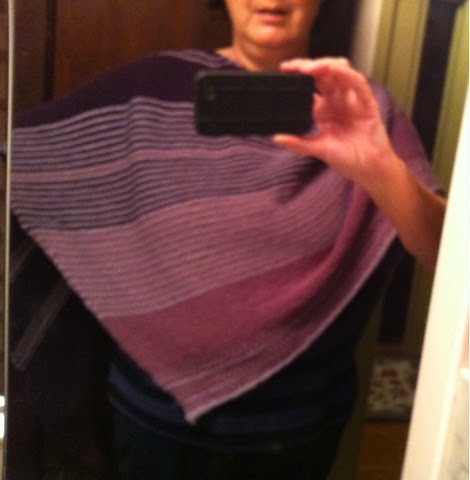Coming along

Reading through all these old newspaper articles about the Knitting Bureau has got me thinking about our Guild's fall drive for mittens for the Rochester City Schools. Last year a teacher approached the person in charge of Community Knitting and asked for some insane number of mittens for her students. Of course, there was no time to knit them and so we agreed that we'd try for the coming year. Here is my first pair. I knit them using Elizabeth Durand's Basic Pattern for Children's Mittens and some pale pink Germantown I salvaged from a friend's attic. Hey, it only took a couple of hours to do and I feel much better about this than I did about those yellow socklets I was knitting.
Anyway, about Rochester Knitting History. There is so much to tell and so little time to write. I'll just keep posting it in snippets here. I dug up another article from the Democrat and Chronicle from 1935 talking about the Knitting Section of the Needlework Guild of America that reports on their progress and fills out the picture a bit. I've typed it out here from a very bad copy that was difficult to read. I am uncertain about a few of the numbers and words and I'll verify them as soon as I can get my hands on a better copy.
Democrat and Chronicle Wednesday October 30th 1935
"This is the fourth year a group of knitters has done this work for children in need of pure wool clothing. Started in 1932 with a fund in memory of Emily Weed Hollister, president of the Rochester Branch for many years, the work has continued successfully each winter. About 100 expert knitters took part in this work under direction of Mrs. Spencer and her assistants Mrs. E Bernard Finucane and Miss Eva Howe and Mrs. Harry Beardsley.
Each Saturday these gay colorful but practical garments go out in comfort and make happy a large group of Rochester children sent to the Red Cross by the family care agencies and the School Referral Bureau. Mrs. Alexander Lindsay and Mrs. H Douglas Mitchell are in charge of the distribution.
The designs for the knitted articles have been carefully prepared by the work committee. The Guild does not encourage the careless worker to take out yarn. Many enthusiastic and experienced workers have offered their services, as shown in the exhibit last Spring in connection with the Women's Crusade.
Mrs. Spencer, general Chairman of the Knitting Section says: "The extent of our accomplishment rests on the number and faithful work of our knitters, on the willingness of those who can afford to do so, sharing the burden of expense by buying their own wool from the Guild at wholesale prices and by the replenishment of our wool fund from time to time by voluntary gifts."
Rochester Women are asked to co-operate in a city-wide effort to salvage yarn to be made into mittens. Yarn any weight or color, in large or small amounts will be received gratefully at the Red Cross Headquarters, 307 Plymouth Avenue North, or at the home of Mrs. Spencer, 1006 East Avenue.
The "voting" of garments means that the Guild endeavors to divide fairly among the various social agencies the articles collected during the autumn or the annual drive. The Knitting Section which started work Oct. 25 at Red Cross Headquarters continues to work as long as the weather lasts and distributes clothing to children during the entire winter.
The Needlework Guild of America which has completed 50 years of service, has 1,306 branches today. The Rochester branch supplied 15,425 new garments to meet the local clothing problem." End of article.
"100 expert knitters?" "Careless workers?" 15,425 garments - I'm guessing that a lot of these were sewn rather than knitted. And what about the Women's Crusade in Spring 1935? What's that about?
There is so much more. Did you know that there was a Susan B. Anthony Knitting Society? Must track more down about that. Or, that the Knitting Society raised funds to support the antislavery movement in the 19th century? So, I'll just keep on cracking away at this and posting about it when I can, just to get it on the table.



Comments
How might one find details on who Mary Thomas was? There's no biographical info in the books, as there often is for modern knitting and needlework writers.